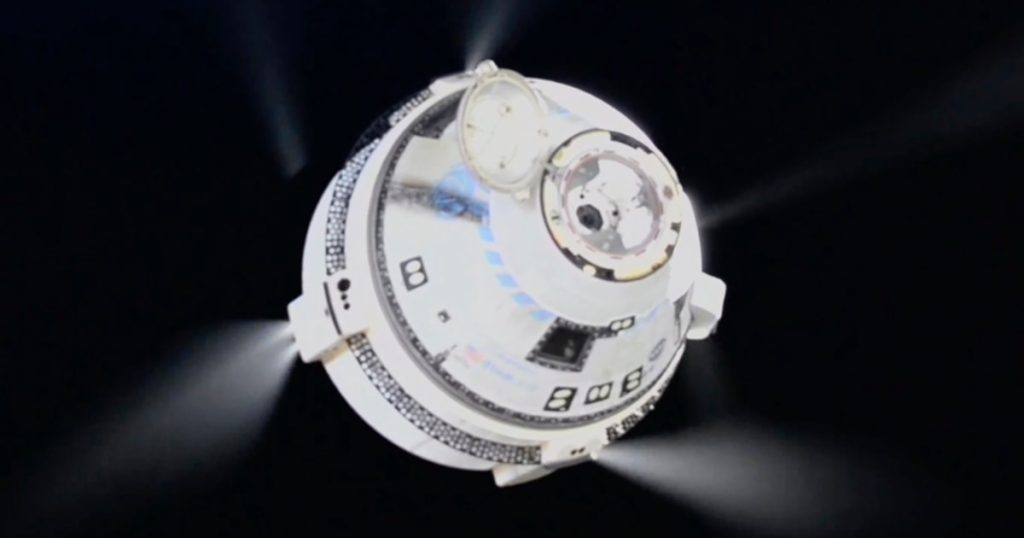Wilmore and Williams were present to assist with the departure of Boeing’s Starliner from the space station, offering words of encouragement to mission controllers before undocking. This marked the end of a turbulent period for Boeing and NASA, as the test flight was intended to demonstrate the spacecraft’s ability to transport astronauts to and from low-Earth orbit, leading to certification for regular trips to the space station. Unfortunately, thruster issues arose, adding to the already over-budget and delayed Starliner program.
NASA is collaborating with Boeing to address the thruster problems, with plans for further analysis once the spacecraft returns to Earth. Flight controllers adjusted the capsule’s undocking procedure to minimize potential issues, with Starliner autonomously moving away from the station after detachment. Initial data showed that the thrusters performed as expected during this process, providing some reassurance about the spacecraft’s capabilities.
A successful return of Starliner could be a mixed victory for Boeing, as it may suggest that the spacecraft was capable of safely transporting astronauts, despite NASA opting for SpaceX to handle the return flight. The Commercial Crew Program, launched in 2011, aimed to support privately developed space vehicles following the retirement of NASA’s space shuttles. SpaceX, a competitor to Boeing in the program, has been successfully conducting trips to the space station since 2020 with its Crew Dragon spacecraft.
The setbacks experienced by Boeing with the Starliner program, including a failed uncrewed test flight that had to be repeated in 2022, have raised concerns about the spacecraft’s reliability. The company will need to address these issues to regain confidence in the Starliner’s ability to transport astronauts safely. NASA’s involvement in the modifications and analysis of the spacecraft’s performance post-return highlights the importance of collaboration between the agency and its commercial partners.
As the Starliner embarks on its journey back to Earth, there will be close monitoring of its performance, particularly in light of the thruster problems encountered during the mission. The modified undocking process and autonomous maneuvers away from the space station demonstrate the precautionary measures taken to ensure the safety of the spacecraft. This critical phase will provide valuable data for future missions and the continued development of Boeing’s capabilities in space exploration.
In conclusion, the return of Boeing’s Starliner capsule from the space station signals the end of a challenging period for the company and NASA. Despite the setbacks faced by the Starliner program, the collaboration between Boeing and NASA to address the thruster issues demonstrates a commitment to safety and reliability in space exploration. The Commercial Crew Program continues to support innovation in the development of privately built space vehicles, with SpaceX serving as a successful example in ferrying astronauts to and from the space station. The outcome of the Starliner’s return journey will have implications for the future of Boeing’s space endeavors and the broader landscape of commercial space travel.


